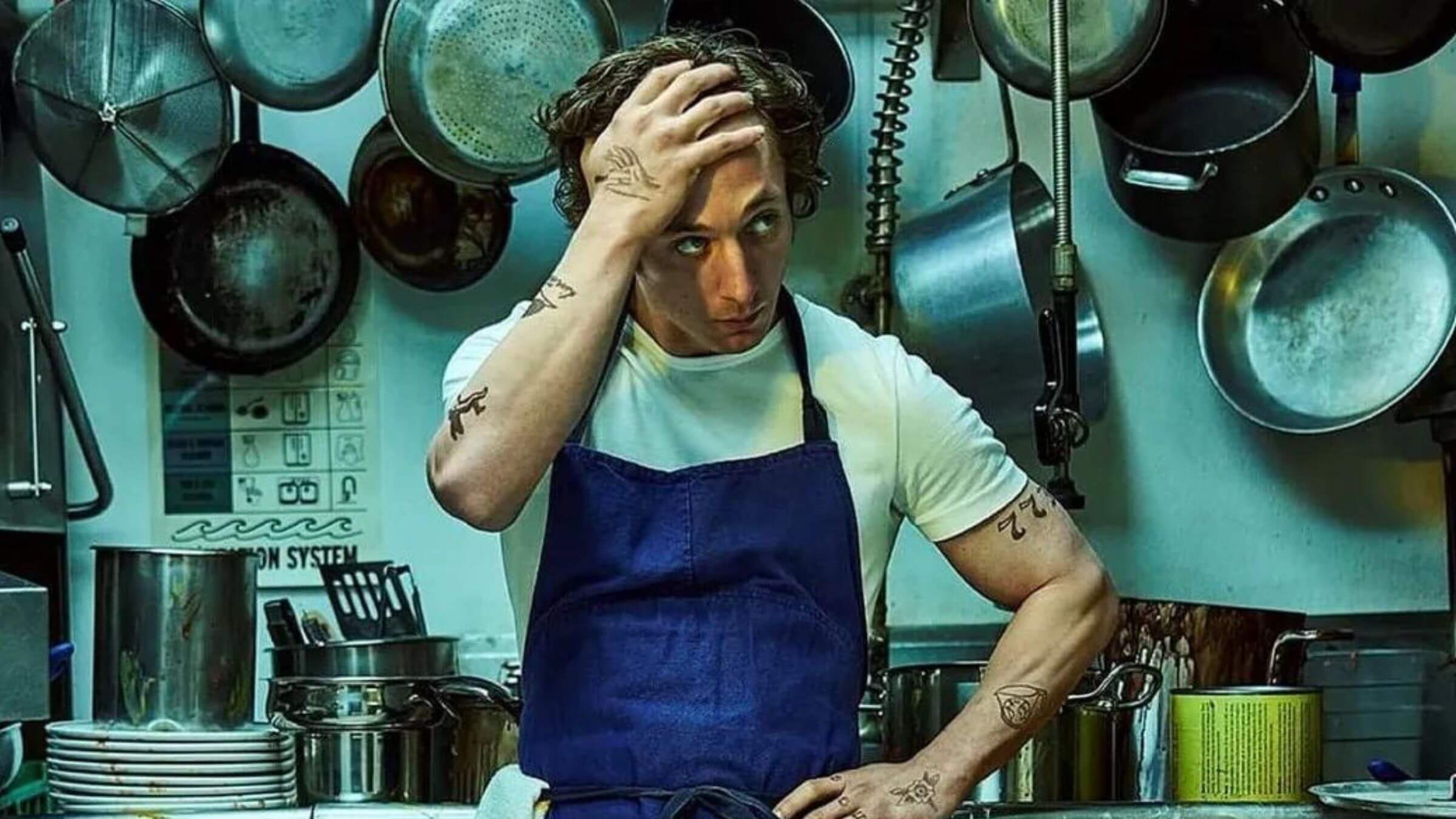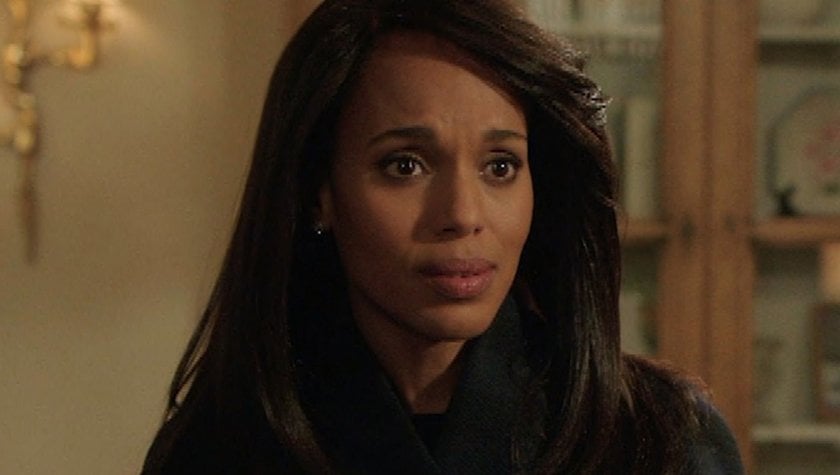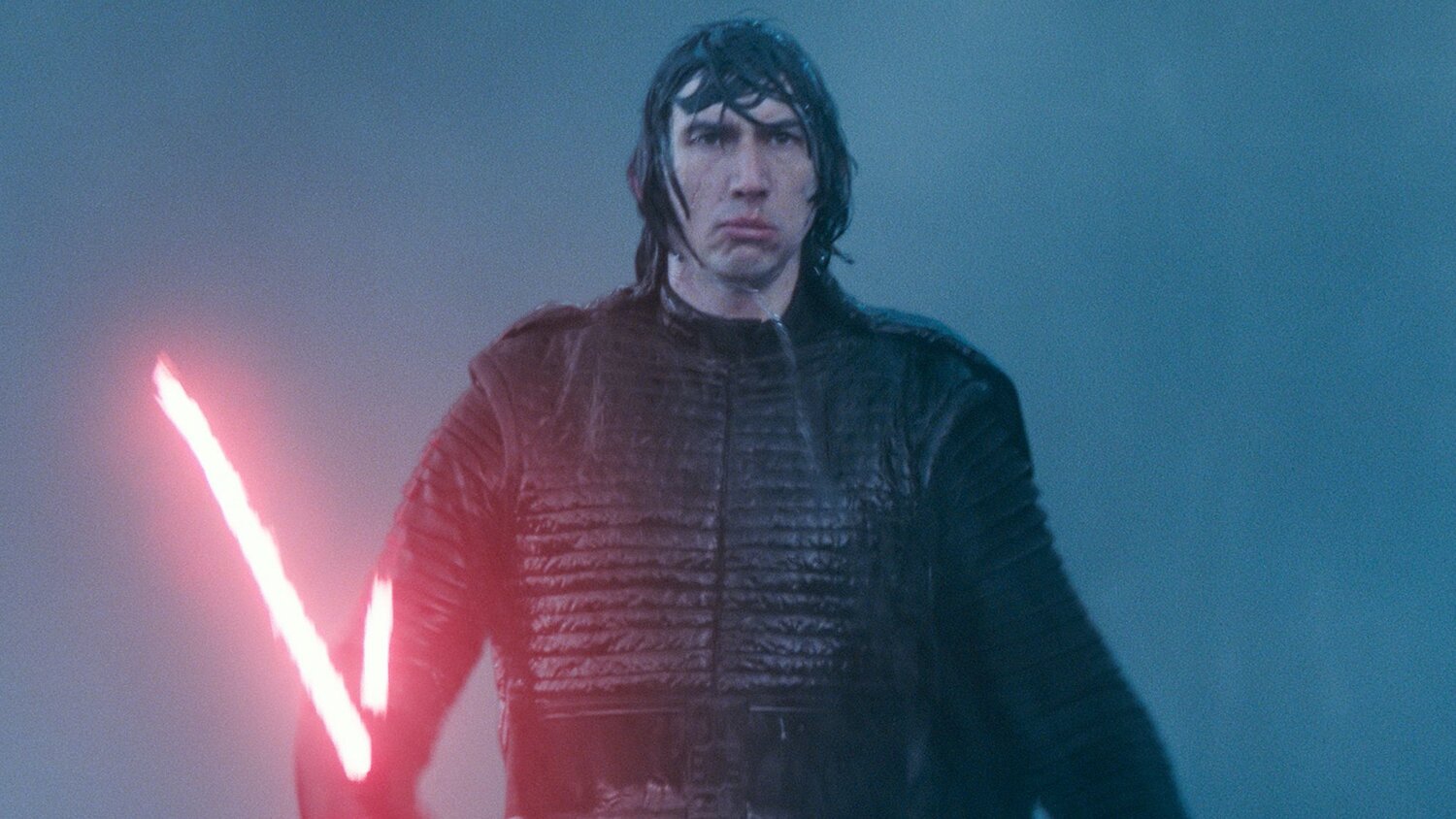Character Study Part III: How to Handle Ensemble Casts and Character Arcs
December 30, 2020
In the final installment of our character study series, we’ll dive into how to handle ensemble casts. But isn’t every cast an ensemble, in a way? In this case, it’s one defined as having multiple protagonists that contribute equally to the narrative through the weight they carry in the story.
Iron Man couldn’t save the world alone against Thanos in Avengers: Endgame; he needed the rest of the Avengers and all that they had to offer to make that moment resonate.
The benefits of an ensemble cast
You want me to plan out how many character arcs? One is often difficult enough to create a believable, three-dimensional person that we want to invest our time in as the audience. Now multiply that by six or more? Thank goodness for writers rooms...
But the benefits of writing a story from more than one point of view are actually many. An ensemble cast allows you the freedom of exploration and ability to expand the scope of your story. Take Game of Thrones. How could you fully get to know the World of Ice and Fire without entering it from multiple viewpoints? Knowing all the kingdoms intimately gives one various perspectives on one common situation. So, while the audience’s attention is pulled in different directions, it’s still enjoyable to watch.
A note of caution: Knowing where your story is going and what you’re trying to say with it is crucial to the success of an ensemble. If the various viewpoints don’t add to the story and propel the plot forward, are they really necessary?
Ensemble vs. supporting characters
How does an ensemble cast differ from a supporting cast? Let me count the ways: The biggest difference is that in an ensemble show, the characters each traverse their own arc that allows them to have goals, go on a journey, and change or grow in the process. Fuzzy on what the different types of character arcs are? We’ve got you covered in part one of this series.
By giving your antagonists and otherwise supporting characters more agency by promoting them to the main cast list, you’ve also inherently given them a stronger reason for being. By creating an intriguing character arc for them (here’s your refresher on how to do that), you’ve given them more depth and therefore a reason for your audience to care about more than just the protagonist.
Making them memorable
Effective introductions are a must for ensemble casts. Because you’re juggling multiple character arcs, their introduction to the story (and the audience) must be memorable to set them apart. This can be achieved through visual cues, speech, and by giving them unique personalities with goals and obstacles.
A single character doesn't need to carry the weight of the whole show, and ensemble casts even allow them to make mistakes without the need for immediate resolution. They can sit with the consequences of their choices while we mosey along with other character arcs, then return to check in on them.
Staying true to the story
The trick is to balance the storylines in a way that makes the most sense for your characters without overloading the story. This could look several ways. One character’s arc may last a few episodes and end before the next one begins, or they might share weight and screen time and be interspersed throughout the season.
The most important part of this is the flexibility it allows you within the framework of the story to create characters that best relate the story you’re trying to tell, without being pigeonholed into one worldview for five seasons of a TV series. The world is not the same for everyone and onscreen representation should be a reflection of that.
So what type of ensemble should you write?
If an ensemble cast suits the type of story you want to write, it’s time to decide which kind to write:
- The friend group
Harry Potter and Black-ish are good examples from different genres and media. You’ll notice their common factor is that the ensemble revolves around a central character who is more “protagonist” than the other. They are the reason for the story, but could not complete their journey without the rest of the ensemble. - The gang’s all here
Modern Family and the Avengers movies beautifully showcase how multiple stories can intertwine to elevate the central theme of the story. They need each other to achieve their goals, but have vastly different character arcs.
Ensemble casts lend especially well to half-hour comedies, murder mysteries, fantasy films, and action adventure. They’re a way to explore the full depth and breadth of the world you’re creating and allow for some interesting dynamics to play out onscreen. Try playing around with that story idea in your head that you’ve been wanting to write forever. Could there be more than one protagonist? Which character would you give more agency to? How does it change the trajectory of your story? Now go forth and write!
Written by: Karin Maxey
After seeing her first big screen movie 007: License to Kill at age six, Karin naturally became obsessed with writing action-infused stories. The next time she’d see Benicio del Toro was in person, at the 68th Cannes Film Festival—he was there for the Sicario red carpet, she was there for her first produced short film in the basement of the Palais…same-same. In between, Karin earned a Creative Writing Degree and landed management at Echo Lake Entertainment. Her scripts have been a Big Break Top 3 finalist, HollyShorts Film Fest Official Selection, and a multi-Screencraft competitions semi-finalist. Karin is also a screenplay editor who delights in the process of polishing writers' work for submission. You can find her at www.writergirlkarin.com.- Topics:
- Discussing TV & Film




